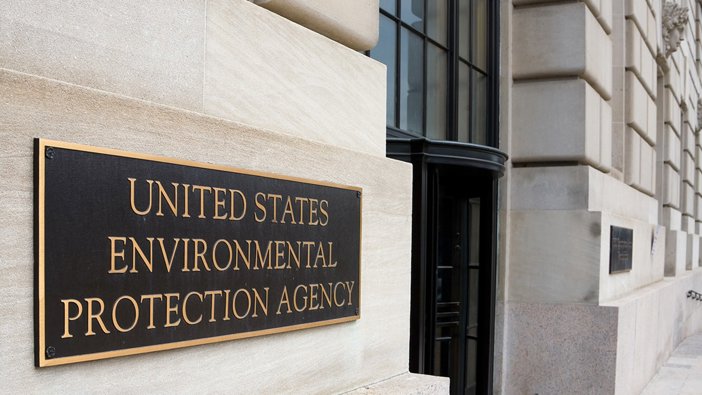
EPA Cuts Workforce and Closes Research Office
EPA to lay off over 3,000 workers, close research office, and save $748.8 million under federal restructuring.
EPA Implements Sweeping Staff Reductions
The U.S. Environmental Protection Agency (EPA) announced Friday a major reorganization that will reduce its workforce by 23% and shutter its long-standing research and development office. The decision follows a series of layoffs and voluntary exit incentives, marking one of the largest workforce reductions in the agency’s history as the Trump administration pushes a broader effort to streamline the federal government.
The reduction, totaling more than 3,000 employees, was explained by EPA Administrator Lee Zeldin as part of a strategy to improve operational efficiency and safeguard taxpayer funds. “Under President Trump’s leadership, EPA has taken a close look at our operations to ensure the agency is better equipped than ever to deliver on our core mission of protecting human health and the environment while Powering the Great American Comeback,” Zeldin stated. “This reduction in force will ensure we can better fulfill that mission while being responsible stewards of your hard-earned tax dollars.”
Research Office Closed, New Initiatives Announced
According to the EPA, these staff cuts are projected to save the government $748.8 million. Alongside workforce reductions, the agency will close its Office of Research and Development, historically seen as a central pillar for EPA’s scientific and technical work. The agency plans to launch a new Office of Applied Science and Environmental Solutions, which it claims will sharpen its research focus and support innovation in environmental protection.
This major restructuring comes shortly after the Supreme Court cleared the way for mass layoffs within federal agencies, providing legal backing for the administration’s plans. The announcement follows a period of internal dissent; just two weeks earlier, 139 EPA employees signed a “declaration of dissent,” raising alarms that the administration’s policies were undermining the agency’s mission. EPA officials, however, characterized these employees as “unlawfully undermining” the president’s agenda.
Justin Chen, president of the American Federation of Government Employees Council 238, which represents thousands of EPA workers, criticized the closure of the research and development office, calling it the “heart and brain of the EPA.” Chen warned, “Without it, we don’t have the means to assess impacts upon human health and the environment. Its destruction will devastate public health in our country.”
As the agency prepares for a significant transition, questions remain about how these changes will affect the EPA’s core functions, including oversight of environmental standards and public health protections. Agency leadership maintains the changes will position the EPA for greater efficiency and effectiveness, but critics warn of long-term risks to environmental safety and public well-being. The new Office of Applied Science and Environmental Solutions is expected to begin operations as the restructuring unfolds.






